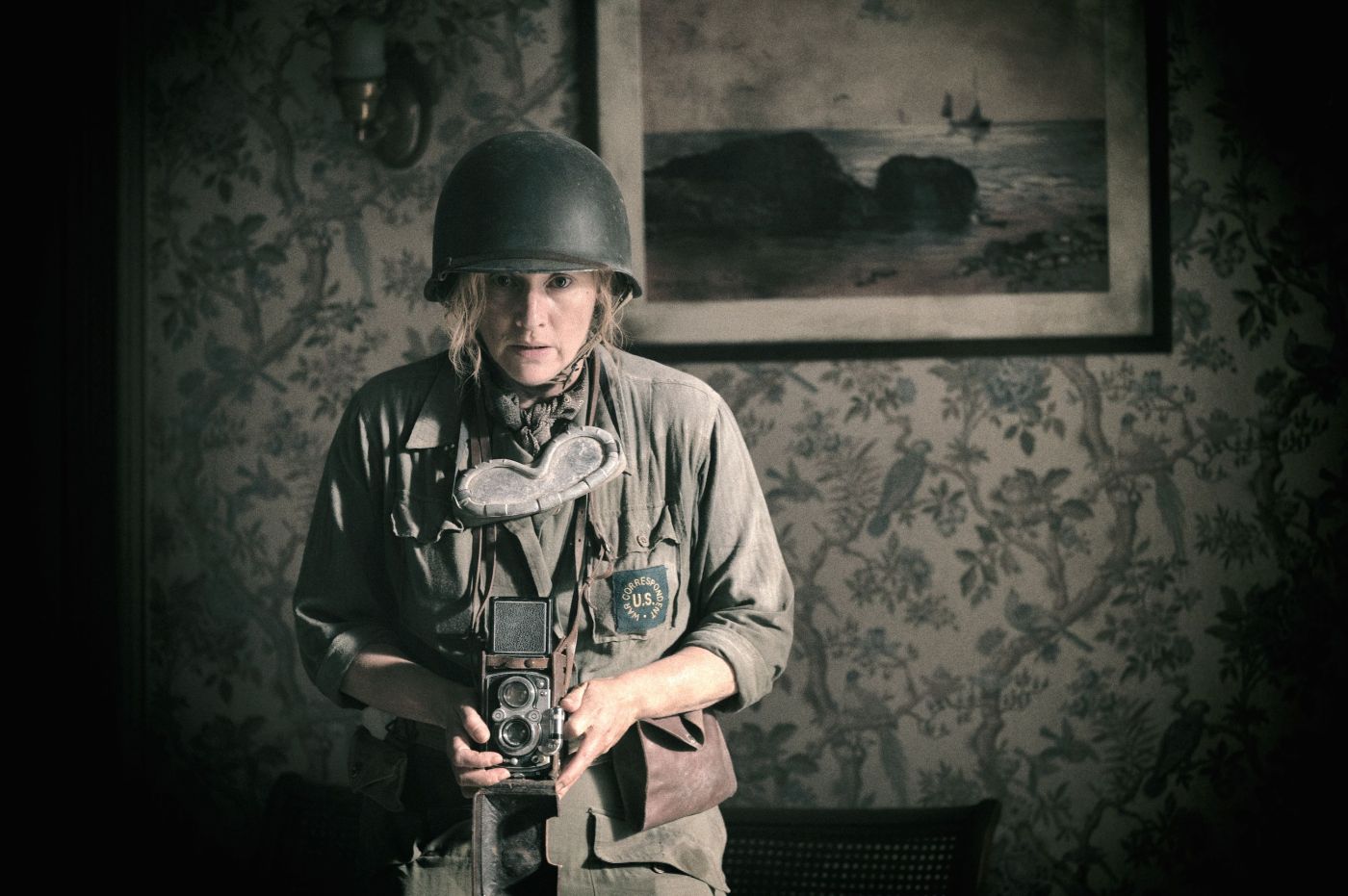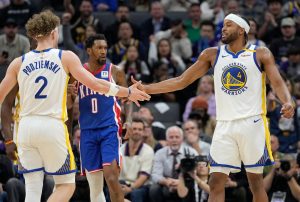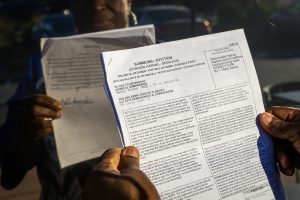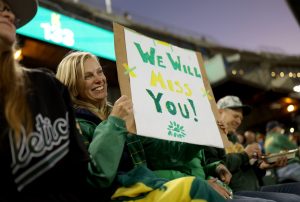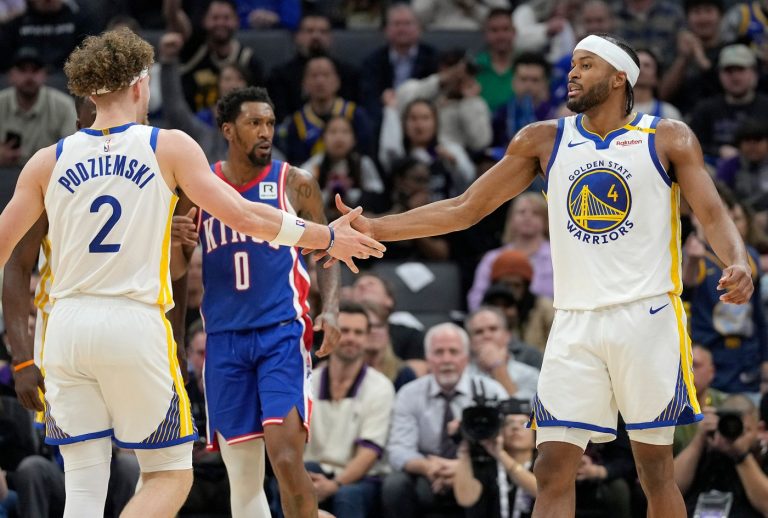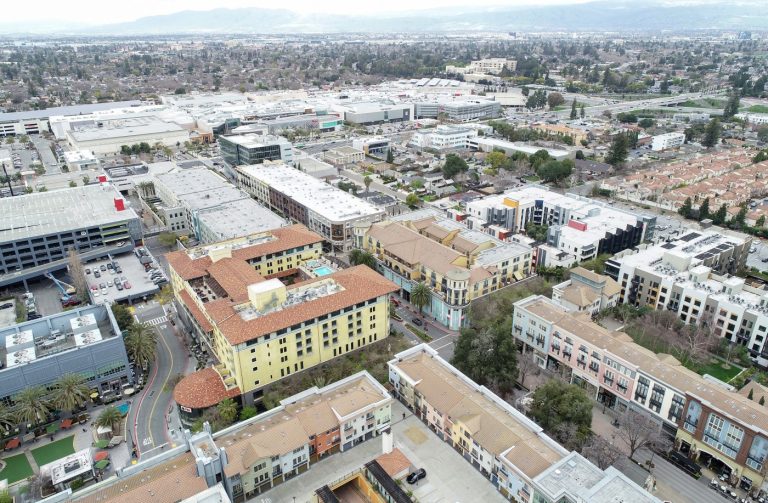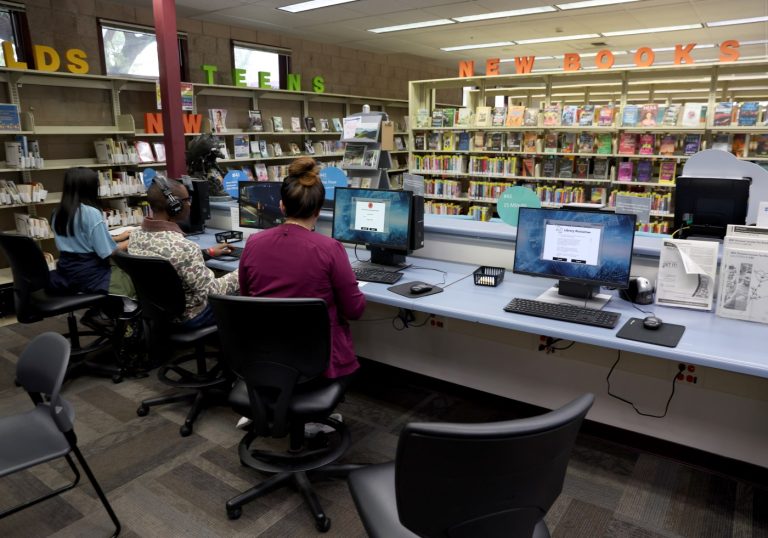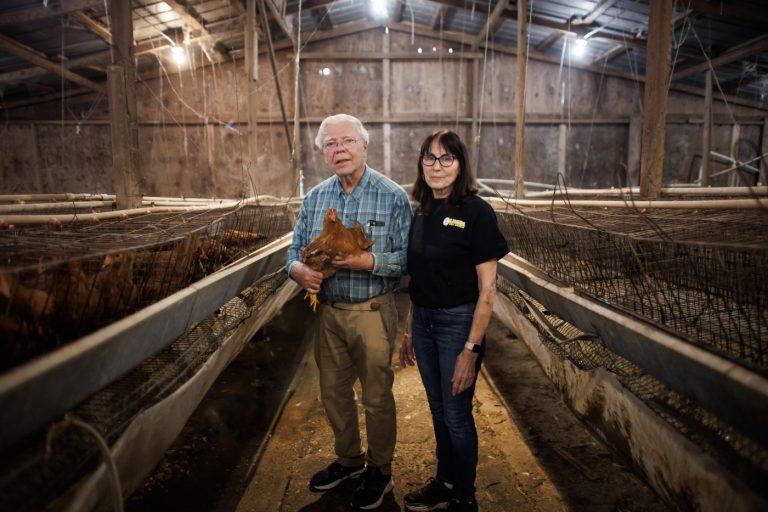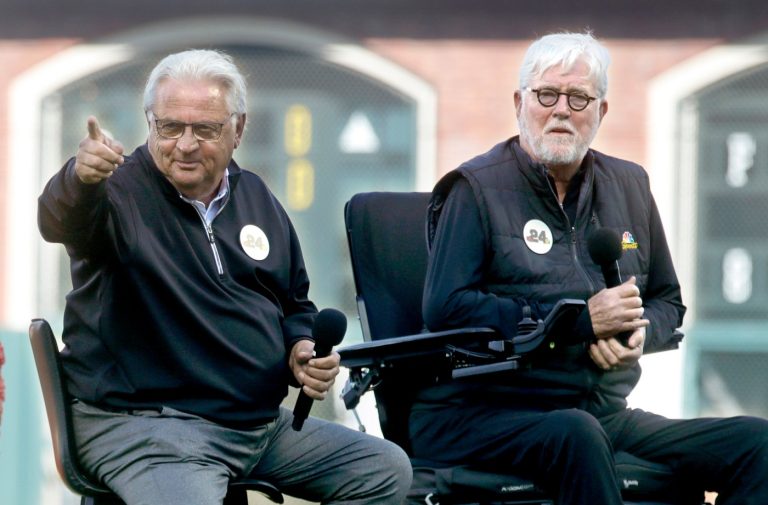Kate Winslet loves a good table. Old ones, in particular, that have a good story.
Nine years ago, a friend at an auction house in Cornwall tipped her to a compelling one. This gnarled and uneven table had once been the centerpiece of the Farley Farm kitchen in East Sussex owned by the surrealist painter and art dealer Roland Penrose and his photographer spouse Lee Miller.
Winslet knew a little about Miller, an American-born expatriate who died at 70 in 1977.
“I knew who she was and I knew what she looked like,” Winslet says on a recent video call. “I was familiar with her work as a photographer.
“But what I could see very clearly was that, historically, she was in danger of getting defined for all eternity through the male gaze,” she says. “If I Googled her in 2015 when I bought the table, it said ‘Lee Miller, former lover and muse of Man Ray. Ex-Vogue cover girl. Ex-model.’”
RELATED: What to watch: Does Francis Ford Coppola’s passion project measure up?
“I just thought, no, no, hang on,” Winslet says. “Where’s all the other stuff? I just wanted to get to the bit that was when Lee became Lee. The modeling period of her life was a tiny, little sliver in her 20s, and she actually hated being a model. She was deeply uncomfortable doing that job. She’d learned photography from her father as a child, and she’d always been familiar with how a camera worked.”
Inspired by the rough-hewn, well-used table, Winslet started to look deeper into the life of Miller. The photographer and Penrose had hosted artists and writers and poets for decades at their home on the southern coast of England.
In doing so, Winslet found a woman frustrated by the limits placed on her, and a photographer whose iconic images of World War II might never have existed had not Miller ignored every man who told her a war was no place for a woman.
Winslet eventually ended up both producer and star of the new film, “Lee,” which opens Friday, Sept. 27 in theaters.
In addition to Winslet as Miller, the cast includes Alexander Skarsgård as Roland Penrose, Andy Samberg as Life magazine photographer David Scherman, and Marion Cotillard as Solange d’Ayen, Miller’s friend and fashion editor of French Vogue.
“I wanted to tell this story of a middle-aged, flawed woman who had the courage to take a risk, and the determination to make her way into those male-dominated spaces,” Winslet says. “To bear witness and to be that visual voice for the victims of conflict.”
“Not photographing the soldiers and the gunfire and the bloodshed, but peeking behind the doors and seeing into the corners the suffering of those women and children, the missing,” she says. “I wanted to tell that version of Lee because I don’t even know how she had the courage to do what she did. She wasn’t fearless, and she talked about feeling great fear, but she continued nevertheless.
“She didn’t turn away, and it’s a phenomenal thing that she did.”
‘Born determined’
Related Articles
‘Wild Robot’ creators took story forward by looking back
Lackluster ‘Beetlejuice’ sequel still dominating box office
What to watch: Does Francis Ford Coppola’s passion project measure up?
Demi Moore, Margaret Qualley became fast friends filming ‘Substance’ — they almost had to
Review: ‘Transformers One’ is an origin story that no one asked for
“Lee” opens just before World War II erupts in Europe. Miller and her friends are on semi-permanent holiday in the south of France but as she and Penrose fall in love, the restless Miller decides to make her home with him in London.
There, she talks her way into a job at British Vogue, and as the Nazis make nightly air raids on the city, she moves more and more into photojournalism, covering the war at home. When word of the Allies’ imminent invasion of France arrives, she talks her way into a credential as a war correspondent and photographer for Vogue.
On the ground in France, she eventually finds her way into combat despite the military’s best efforts to keep her behind the front lines.
“I think that Lee was born determined,” Winslet says. “I mean, I do. But I also think that what happened to her as a child meant that she had a very powerful sense of injustice in her. And whether or not she was aware of that propelling her or not, I believe it drove her forward.”
That childhood trauma, which “Lee” slowly reveals, turned pain into strength, Winslet suggests.
“Somehow, she wouldn’t let what had happened to her as a child define the outcome of her life and who she was,” Winslet says. “She lived her life her way, on her terms.
“In researching the film, I did meet with many survivors of abuse,” she says. “And some of the older women, who were perhaps a little closer to Lee’s generation, told me that when that happens to you as a child you see the world and humanity in a completely different way.
“That was also part of who Lee was,” Winslet says. “I think that her use of the Rolleiflex camera, being able to look down at what her image was, meant that she could raise her gaze and meet the eyes of people head on. So her ability to see souls, to really see people, was a superpower, and that’s what set her apart from other photographers at the time.
“It’s a very, very specific way of bearing witness that she had that was utterly unique to her and came from, I think, her past experience.”
‘What women do’
In the same way that Miller refused to accept that she could not cover the war, Winslet refused to accept that she could not get “Lee” made.
“There was a potential male investor who I sat with, and I was excited to take the meeting,” she says. “Then he said, ‘Just tell me this: Why should I like this woman?’
“I just thought, ‘Well, I’m not going to make the film with you,’” Winslet says. “Even if you offer me money to make it, I will be making it somewhere else.’ Because it was, first of all, a profound judgment. Secondly, he had already pigeonholed her as somebody who had been through trauma, who was messy and complicated, who had struggled with alcohol due to her extraordinarily, excruciating PTSD.
“The fact that that made her dislikable, it literally put the fire in me. I mean, I was just like, I’m actually grateful you’ve said that because it makes the fire burn even more.”
Six years into Winslet’s effort to get the production off the ground, a new momentum arrived when producer Kate Solomon signed onto the project, Winslet says.
“Absolutely incredible, incredible woman who was as multitasking as me,” she says of the producer whose collaborations with director Paul Greengrass included such films such as “United 93” and “Green Zone.” “I have three children, she has three children. And on most of our early Zoom meetings with other potential investors, she was nursing.
“I could see that below the screen, just by the shape of her arm,” Winslet says. “And I was like, ‘This is what women do. And this is who Lee was, that level of phenomenal resilience.’
“Our financing came together in the end, but boy was it complicated,” she says. “It didn’t always arrive on time when we needed to get people paid, so that was another challenge. But you know, you roll with it. You just keep going.”
Making pictures
Throughout “Lee,” Winslet as Miller is seen taking photographs: in London during the Blitz, at airfields in the English countryside, French villages and during the liberation of Paris, and later, in concentration camps as their horrors are finally revealed, and in one standout scene, inside Hitler’s Berlin apartment, where Miller took an iconic photo in the Nazi leader’s bathtub.
Most of those photographs are modeled on Miller’s own images – an online search of Lee Miller’s photography reveals just how closely the production staged and shot replicas of Miller’s actual pictures.
To ensure the verisimilitude of her performance, Winslet learned how to use the same kind of Rolleiflex box camera that Miller carried into combat, and during the film shoot made sure the camera had film loaded into it so she could actually take photographs as she acted on location.
“I absolutely learned how to use that camera,” Winslet says. “I had to get very good at it because I didn’t want it to feel like a prop. I wanted it to feel like an extension of my arm, and I wanted it to feel both present and yet also sort of disappear at the same time.”
The photographs she took were exhibited alongside Miller’s originals not long ago at Farley’s House and Gallery, where Miller’s archives are kept and Winslet’s table once anchored the kitchen.
“I recreated all of those images, and I have to say, mine are really good,” Winslet says. “I’m very proud.”
